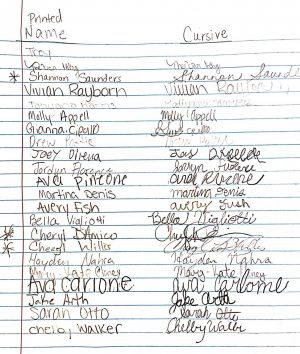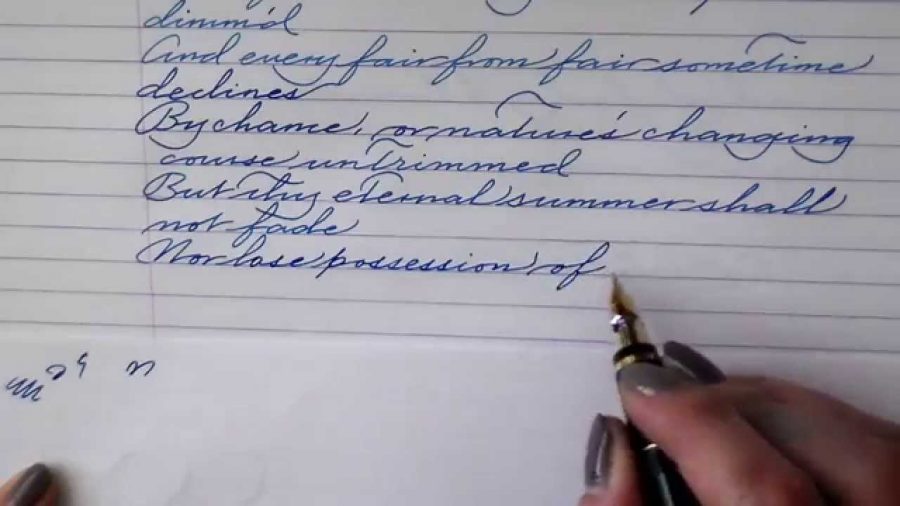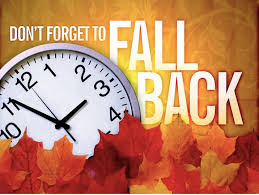Should Cursive Come Back into American Schools?
Have you ever wanted to try cursive? Well, you might not be able to, at least not with the help of your teachers. In 2010, 45 states took cursive out of their schools. It was gone–no more workbooks on cursive letters. But last year, though, 14 states passed laws requiring cursive proficiency in public schools. Cursive is coming back into some states.
Why did cursive get taken out of schools, and why is it making a return? Do kids need cursive? Does today’s world even care about cursive?
Cursive started to disappear out of American schools when more assignments began to be typed rather than written. With a move to technology, the need for cursive seemed minimal, so schools started spending less and less time on it–some dropping it completely.
Some states do not want cursive back in their schools, arguing that cursive is no longer relevant in today’s world and that it isn’t included in the Common Core State Standards. Many adults even agree, noting that they rarely use cursive in their lives aside from their own signatures. (And even signatures are slowly being phased out; it is now possible to provide an electronic signature on many documents in which a user simply types their name or initials and checks a box confirming their identity.) If students need to learn how to use technology and all of the skills of word processing and digital communications, something needed to be dropped to make room, and some believe cursive was a logical thing to drop.
But even if cursive isn’t practical, it still has advantages. According to Suzanne Baruch Asherson, a occupational therapist, “Cursive is shown to improve brain development in the areas of thinking, language and working memory.” Cursive is helping students develop important fine-motor skills.
An article from Psychology Today reports, “Learning to write in cursive is an important tool for brain development. Specifically, cursive handwriting trains the brain to learn functional specialization.”
Cursive writing also helps students develop a new technique of writing other than standard printing. Handwriting, for older generations, may be seen as important and even sentimental for handwritten notes, cards, or letters. This is because it is personal and unique to each person. Additionally, students should be able to produce a signature in cursive when asked to sign an important document. Many students at MMS now struggle to sign their own names–having had cursive only for a short unit in third grade for some.
18 students and 3 teachers were asked to sign their names. Comparing the signatures of the teachers and students, the difference is obvious because the students stopped getting taught how to write in cursive, and the teachers grew up learning how to write cursive.

According to Washington Post, the Louisiana state senator in favor of the cursive-writing bill passed this summer said,“I think it’s really discouraging to get a note from a college graduate that is printed like a second-grader.”
Cursive, one learned, is typically faster than print since the pen doesn’t leave the paper. This can assist in note taking. Studies have been done to show what students lose when typing notes rather than writing them by hand. SciLearn states, “ These studies typically ask students to listen to a lecture and either handwrite their notes with a pen and a piece of paper or type them into a computer for later viewing. They’ve found that students who handwrite their notes retain information longer and are better able to understand the information given.”
Research out of the University of Washington showed “that children until about grade six were writing more words, writing faster and expressing more ideas if they could use handwriting — printing or cursive — than if they used the keyboard.”
Other problems can come into effect when students are not able to read cursive writing. It may make interpreting teacher feedback or copying class notes difficult. And some historic documents are in cursive.
What will be the procedures be when kids in later generations have no clue what cursive writing is? Will signatures become obsolete? Will cursive someday look like an ancient language? Will cursive become extinct in our near future, or will it make a comeback?







